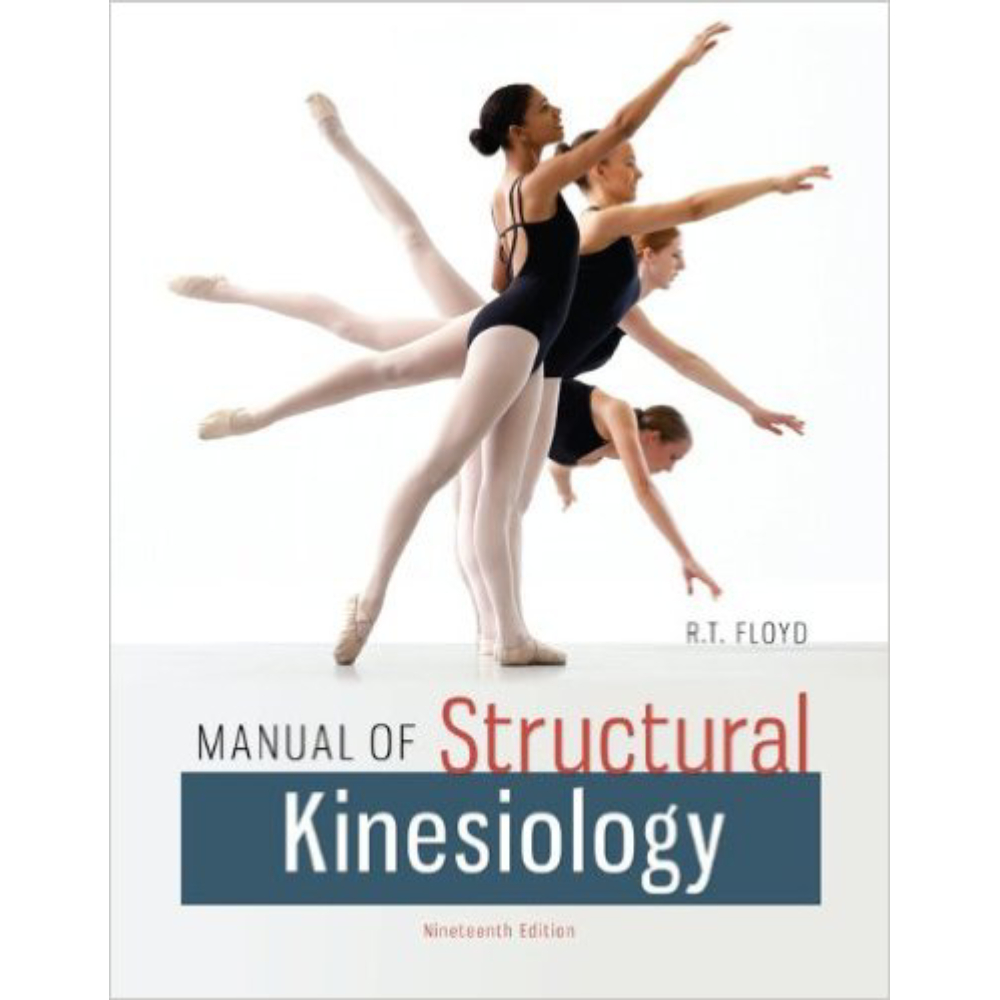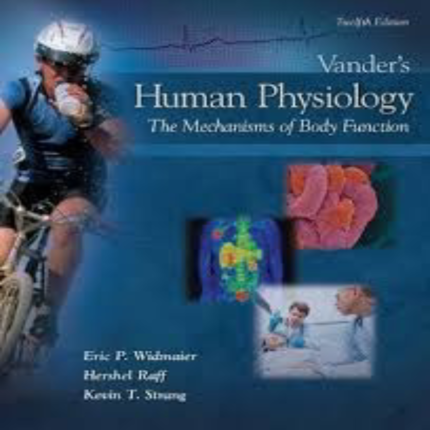Chapter 11
The Ankle and Foot Joints
True / False Questions
1. Each toe has three interphalangeal joints except for the great toe which has only two.
FALSE
2. Motions of the toe metacarpophalangeal joints include flexion, extension, abduction, and adduction.
TRUE
3. The only muscle involved in extending all of the metacarpophalangeal and interphalangeal joints of the four lesser toes is the extensor digitorum longus.
TRUE
4. The ankle and foot joints are composed of 26 bones in each foot.
TRUE
5. During both walking and running there is a point where neither foot is touching the ground.
FALSE
6. The distal malleoli of the tibia and fibula serve as pulleys for the posterior tendons to increase the mechanical advantage of the respective muscles in performing inversion and eversion actions.
TRUE
7. Severe injuries at the tibiofibular joint can involve the posterior tibiofibular ligament, interosseus ligament, and interosseus membrane.
TRUE
8. The medial malleolus is an anatomical landmark located on the fibula.
FALSE
9. The cuboid bone is located medially with respect to the navicular bone.
FALSE
10. An ankle sprain is a common injury that involves the stretching or tearing of one or more tendons.
FALSE
11. The most common type of ankle sprain results from excessive inversion that causes damage to lateral structures.
TRUE













Reviews
There are no reviews yet.